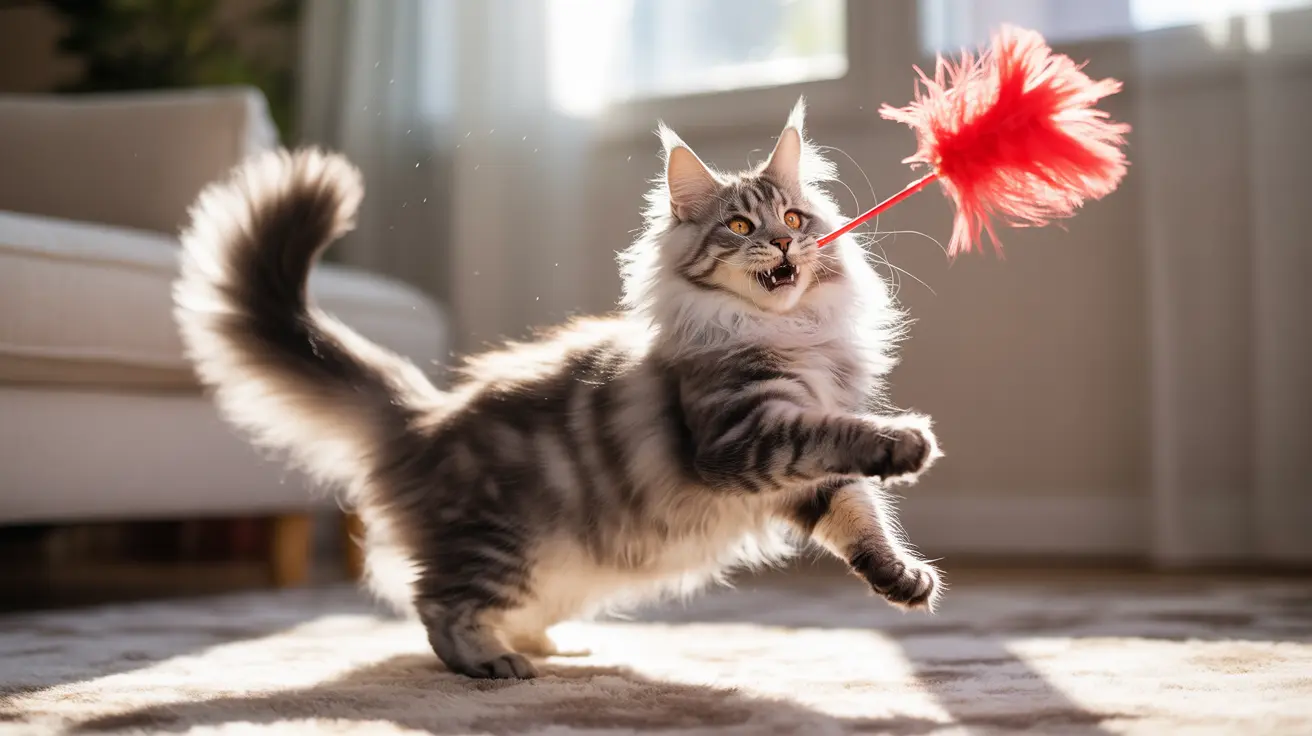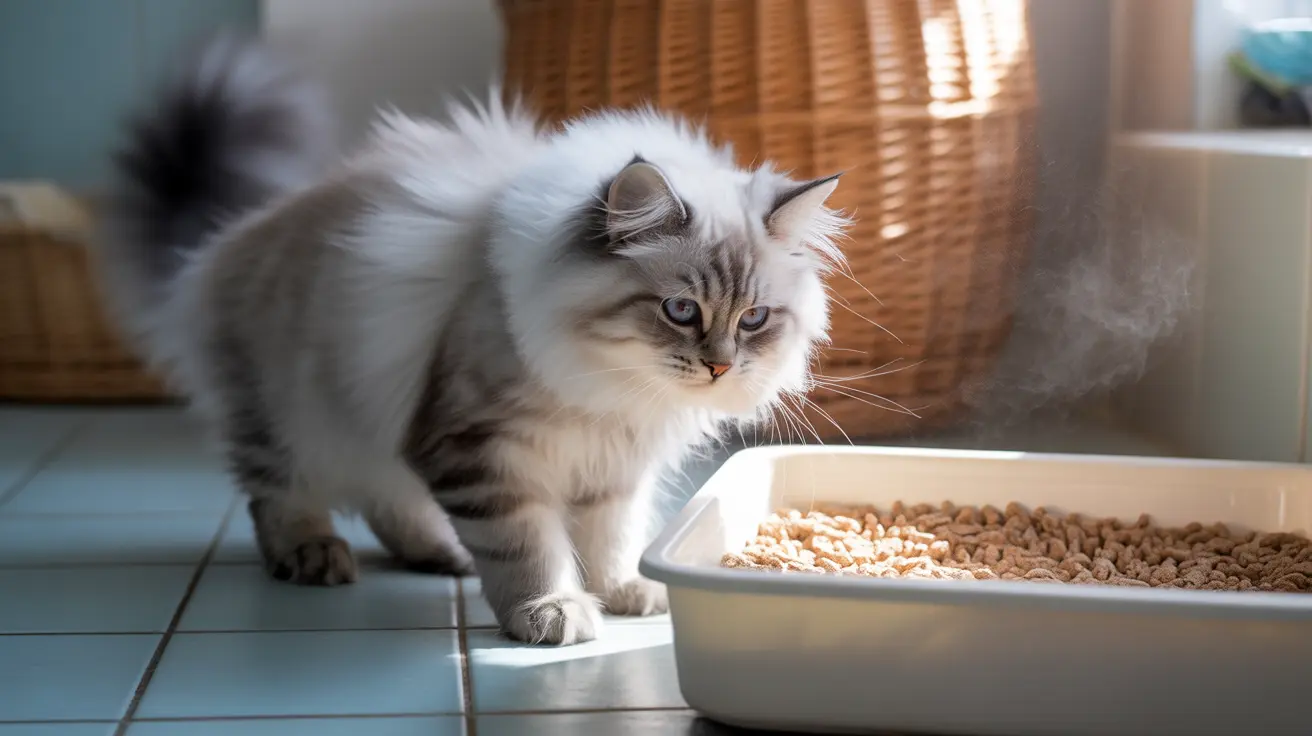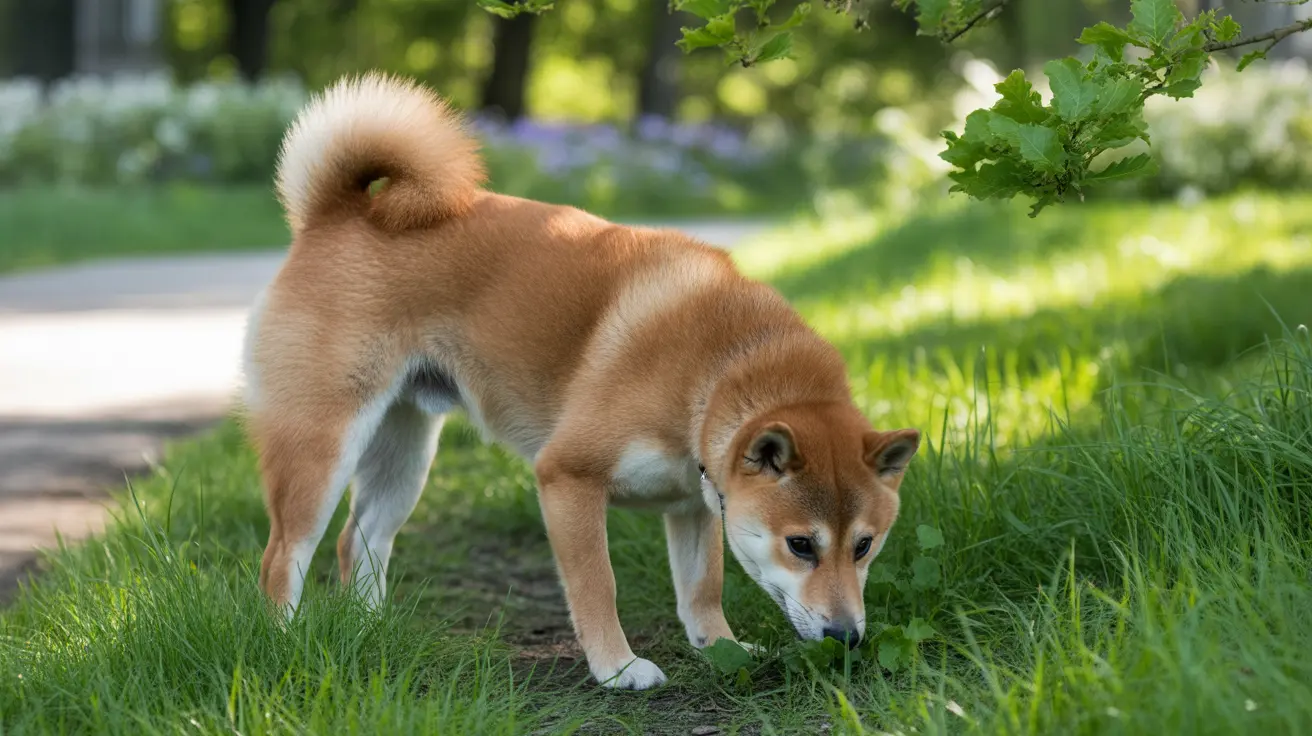The Maternal Instinct of Kitten Transportation
Mother cats possess an incredible natural instinct when it comes to carrying and transporting their kittens. This behavior, deeply rooted in feline evolution, showcases the remarkable bond between mother cats and their offspring while ensuring the survival of their young.
The way mother cats carry their kittens demonstrates both precision and care, utilizing a method that has been perfected over thousands of years of evolution. This process not only ensures the safety of the kittens but also plays a crucial role in their early development and survival.
The Science Behind Scruffing
The primary method mother cats use to transport their kittens is known as "scruffing" - gently gripping the loose skin at the back of the kitten's neck. This technique triggers an automatic response in kittens, causing them to become temporarily immobile and relaxed, making transportation safer and easier.
When carried by the scruff, kittens instinctively curl their bodies and tuck in their legs, mimicking the same position they maintained in the womb. This position helps protect their vital organs during transport and makes them easier to carry.
Why Mother Cats Move Their Kittens
Protection and Safety
The primary reason mother cats relocate their kittens is to ensure their safety. If they sense any threat in their current location - whether it's predators, loud noises, or too much human activity - they'll quickly move their entire litter to a more secure spot.
Environmental Factors
Changes in temperature, humidity, or general comfort levels can prompt a mother cat to seek a better nesting location. They're particularly sensitive to environmental conditions that might affect their kittens' wellbeing.
The Critical Period of Kitten Transportation
Mother cats typically carry their kittens most frequently during the first few weeks of life. This period is crucial as kittens are completely dependent on their mother for survival. As kittens grow and become more independent, usually around 3-4 weeks of age, the frequency of carrying decreases.
Proper Handling and Human Intervention
While mother cats are experts at carrying their kittens, human intervention should be minimal during the early weeks. If handling is necessary, never attempt to mimic the scruffing behavior, as improper technique can harm the kitten. Instead, support the kitten's entire body when handling is required.
Frequently Asked Questions
Why do mother cats carry their kittens by the scruff of the neck?
Mother cats carry kittens by the scruff because it triggers an instinctive relaxation response in kittens, making them easier and safer to transport. This method also protects vital organs and allows for efficient movement.
How often and why do mother cats move their kittens to new locations?
Mother cats typically move their kittens when they perceive threats or discomfort in their current location. This can happen several times during the first few weeks, especially if the environment is unstable or threatening.
What signs indicate a mother cat might be rejecting or abandoning a sick kitten?
A mother cat may separate a sick kitten from the litter, stop grooming or feeding it, and avoid physical contact. This is an instinctive behavior to protect the health of the remaining kittens.
How can I tell if my cat is moving her kittens due to stress or environmental threats?
Signs include increased alertness, frequent scanning of the environment, aggressive behavior toward approaching animals or humans, and repeatedly moving kittens to different locations within a short period.
When do mother cats stop carrying their kittens and why does this behavior end?
Mother cats typically stop carrying their kittens between 3-4 weeks of age, when kittens become more mobile and independent. This coincides with the development of their motor skills and the beginning of weaning.
Final Thoughts
The way mother cats carry their kittens is a testament to nature's intelligent design. Understanding this behavior helps us appreciate the complexity of feline maternal care and reminds us to respect these natural processes by providing appropriate support when needed while minimizing unnecessary interference.






